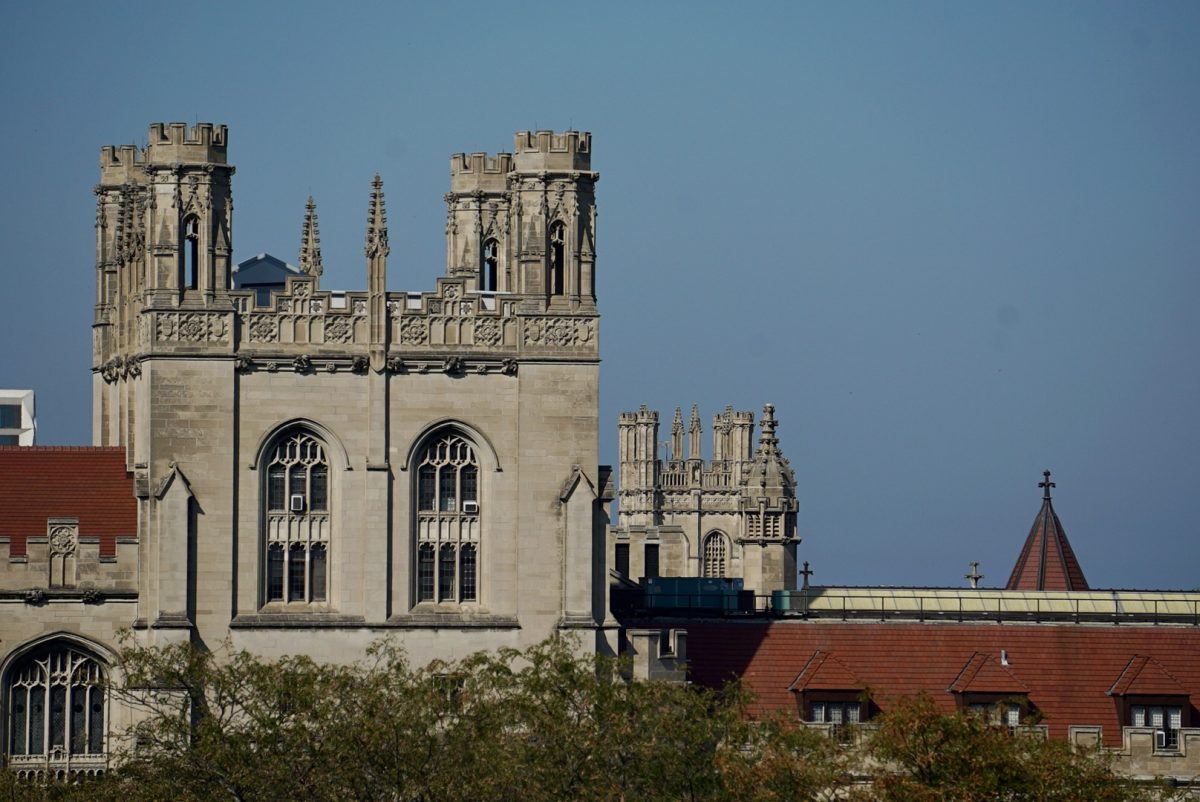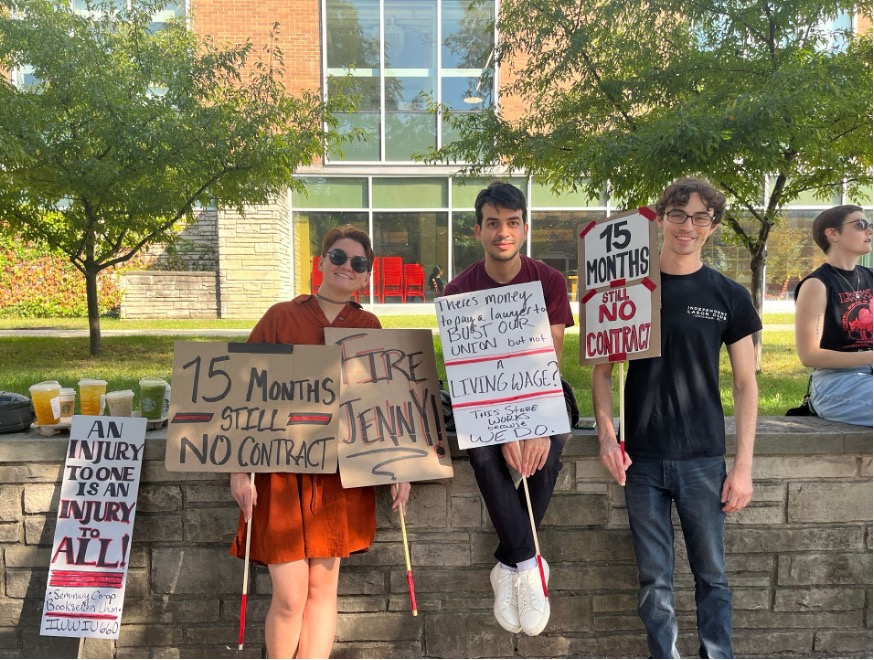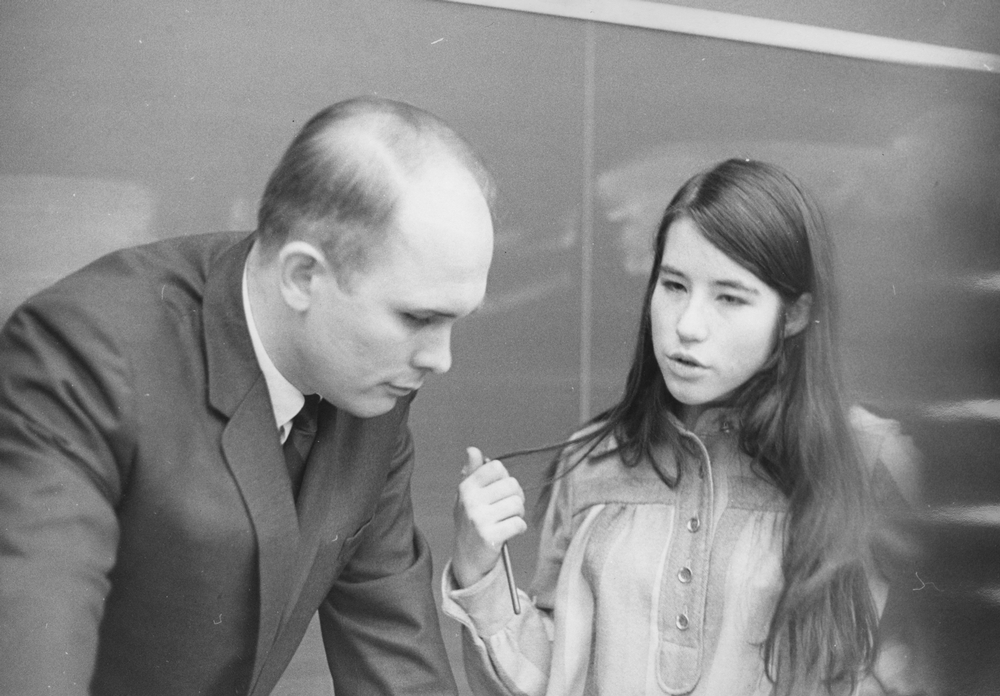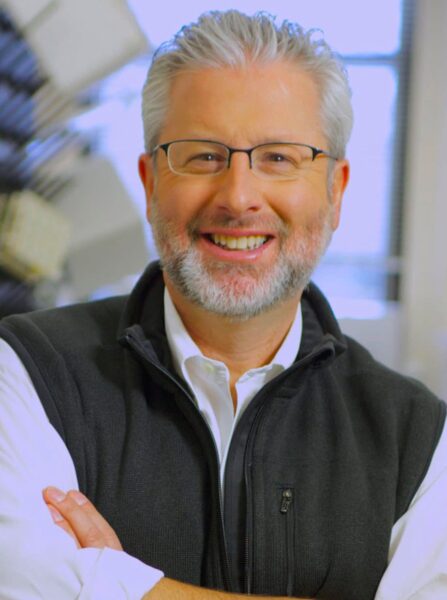The city’s plan to construct a plastic boardwalk in Jackson Park was announced Wednesday night at the Community Task Force for Promontory Point meeting. The proposed boardwalk would allow foot traffic onto an islet in the lagoon that is currently the nesting place for an endangered species, the green heron, as well as the only place in Chicago to find kingfishers, which burrow deep into the sand and so have limited options for nesting.
“This is an effort to slip this in under the radar,” said Ross Peterson, a member of the Jackson Park Advisory Committee. “From my standpoint generally in the past, they’ve done a much more conscientious job of bringing the plans to us.”
According to Peterson, the foot traffic that the boardwalk would bring onto the islet would cause the birds to vacate the island. The plan was previously brought before the Jackson Park Advisory Committee and rejected on these grounds, but the City now intends to execute the plan without establishing community support for the project. But Peterson says there is a provision that requires that capital parks projects be brought before the community.
The City, however, defends the project as a necessary means of meeting the needs of the disabled, who now cannot easily get close enough to the islet to observe the bird life.
The Jackson Park Committee met on Tuesday and overwhelmingly passed a resolution against the boardwalk project. The vice president of the Committee, George Cooley, abstained.
“There was nobody really to defend the disabilities position,” Cooley said.
Peterson, however, voiced doubt that the boardwalk project was the only way to meet the needs of the disabled. He outlined a plan for a ramp and viewing platform on the shoreline that would allow the disabled to get close enough to the islet to view the birds without disturbing their habitat.
Of 320 species of birds that are visible in the region, 260 have been sighted in the area surrounding the lagoon, which contains the islets. The boardwalk project would disturb the islet that draws the most birds. Vegetation on other islets has been replaced as part of a citywide initiative to replant indigenous species, which in turn has interfered with bird nesting on those islets. Because of this, the Jackson Park Advisory Council is especially concerned with the fate of the last islet.
After Peterson’s announcement the committee discussed how to take advantage of the recent findings of the engineer it hired, Cyril Galvin. Galvin found that a limestone renovation can be done for $4.5 to $5 million, while the city had allocated $22 million to do the renovation with concrete, and objected to using limestone on the basis that it would be too expensive. The city, the parks district, and the Army Corps of Engineers are expected to comment on the report by November 4 with Galvin giving his response to the comments by November 8.
The Task Force agreed to focus its energy on several fronts: assisting the efforts of organizations throughout the city to stop work on the lakeshore which ignored aesthetic concerns, contacting major newspapers in the city including the Chicago Sun-Times and the Chicago Tribune about writing for their editorial pages, and trying to get candidates in the upcoming elections to take positions regarding the lakeshore so that they can ensure the next round of politicians will be more concerned about the lakeshore.
The Task Force voiced doubts about several parts of the City’s original plan, including numbers they claim to be fraudulent as to the rate at which the lakeshore is eroding, and the city’s claim that water from the lake could cause sections of Lakeshore Drive to close.
“If you look at closure data on Lakeshore Drive, the best thing they could do would be to buy more snowplows,” Roger Deschner said, pointing out that most of the closures on lakeshore drive are due to snow rather than water on the road.
The Task Force also discussed strategies for getting the City to come around to their position. “What ways can we exert any political leverage or influence?” asked Jack Spicer, an executive member of the Task Force.
“The buildup of media pressure is the way to influence the mayor,” Sam Ackerman said.
Cooley agreed, saying, “I think the strategy ought to be aimed at the principal source of power. We really need to develop a campaign that’s going to lead up to Daley.”
The Task Force discussed the importance of making the lakeshore a central issue in the mayoral and ward elections. It hopes to make television or radio appearances, and possibly enlist the support of yacht clubs along the lakeshore, the Chicago Architecture Society, Friends of the Parks, and the Illinois Historic Preservation Agency.
The Task Force discussed the importance of efforts to stop building projects on the lakeshore throughout the city, not just in Hyde Park.
“We could be troops for them if they don’t have troops,” Ackerman said, suggesting that the Promontory Point Task Force assist in handing out flyers for meetings of other organizations looking out for the lakeshore.








